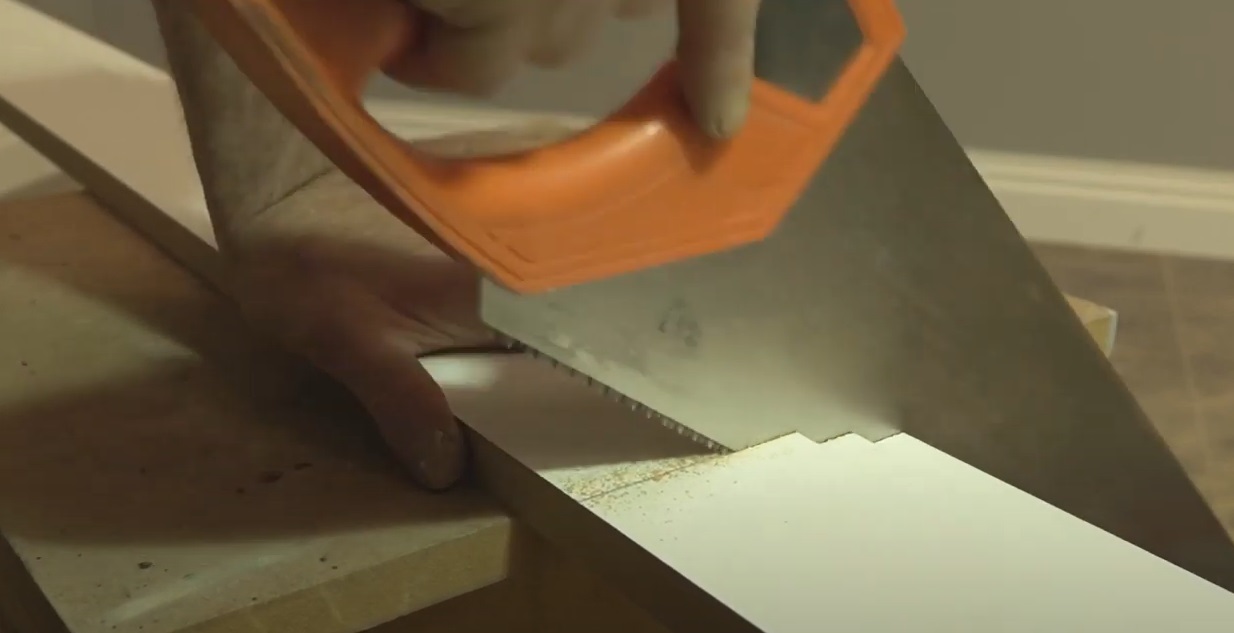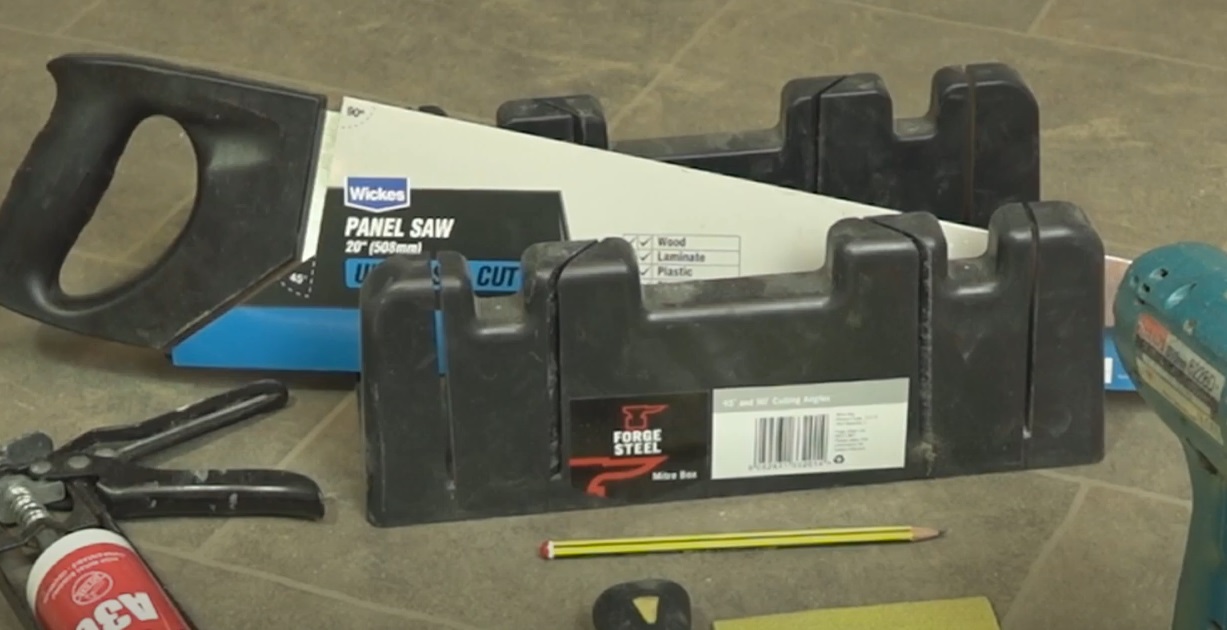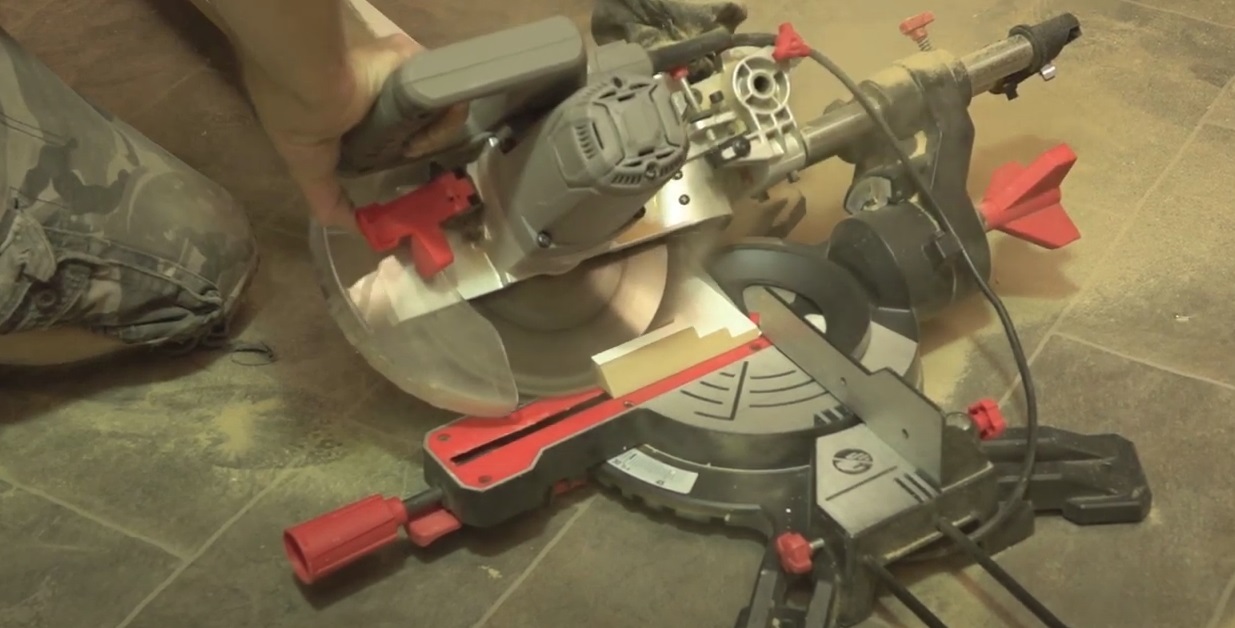
How To Cut Skirting Boards | Comprehensive DIY Guide
Posted by Lee Watkinson on 27th Feb 2019
So, you've bought some new skirting boards and you're ready to start fitting them. During the process, you'll need to cut them so we're going to show you how to cut skirting boards.
You'll likely need to make various cuts in the skirting board when installing them including straight cuts, internal mitres and external mitres.
Tools Needed To Cut Skirting
First off, we'll talk about the tools needed to cut a skirting board.
Here's a list of everything that may be needed:
- Skirting Boards (of course!)
- Hand Saw (or Chop Saw)
- Pencil
- Ruler
- Hand Plane
- Sandpaper
- Mitre Box
- Coping Saw
- Tape Measure
Because you'll likely be making multiple types of cuts, we've listed all the tools required to perform them.
Best Type Of Saw For Cutting MDF
If your new skirting boards are MDF (as most are in this day and age), certain saws will do a much better job. This is because of how MDF is manufactured.

We recommend using a saw with a carbide tipped blade as the high glue content within MDF can dull a regular steel blade rather quickly.
You'll also want to use a blade with as many teeth as possible. This will reduce the risk of the MDF chipping as you saw through it (but it will make more dust so always wear the correct safety equipment!).
If you have access to one, a table saw would be the perfect tool for straight cuts. However, you'll need to make sure that the table saw is hooked up to an adequate dust extraction system.
Straight Cuts
Straight cuts are likely to be made due to skirting boards coming in increasingly longer lengths (we offer 3050mm and 4200mm as standard).
Some walls won't require a full length so you'll need to cut the board to size using a straight cut.
You can use pretty much any kind of tool that is used to cut wood to do straight cuts.
Mitre Cuts
When fitting skirting, this is another type of cut you'll need to make. The most common are internal mitres and external mitres (some people refer to this as cutting corners on skirting boards).
A mitre cut is used when skirting boards meet at an angle, normally on a corner.
When cutting a mitre, most people use a mitre box or a mitre saw.

The average DIYer may use a mitre box to keep costs down, especially if they don't mitre skirting boards that often. A mitre saw is the tool of choice for professionals (such as carpenters).

Mitre boxes contain slots that act as guides for the saw blade, normally at 90° and 45° degree angles.
Mitre saws (especially the compound versions) are capable of cutting a wider variety of angles that a mitre box. It's also quicker and more accurate.
How To Cut Skirting Board At 45° Degrees
The majority of homes have rooms with 90 degree corners (or almost!) and most of them will be an internal corner.
With this being said, this means you will cut your skirting board at a 45° degree angle so that the pieces sit flush with one another.
You can use either a mitre block or a mitre saw to do this.
Simply work out which end needs cutting and mark where you need the cut to sit.
If you're using a mitre saw, simply set it to 45° degrees and make the cut. Make sure you're cutting the correct end and in the correct direction as it's easy to make a mistake!
When using a mitre box, you should have a few different angled slots. Again, make sure the skirting is orientated correctly and you choose the correct slot for the cut.
How To Cut Skirting Boards Without A Mitre Saw
We've updated this post to include this section. We've seen a lot of customers asking 'how to cut skirting boards without a mitre saw', so here you go!
There are a few options to choose from:
- Cut the skirting board by hand
- Use a mitre box along with a normal hand saw (as mentioned above)
- Use a precision saw
- Hire a saw
You can simply choose any 1 of the 4 options above to avoid buying an expensive mitre saw. If you only have a small number of cuts to make (e.g. not fitting skirting in an entire house), there's no point in investing in expensive equipment.
Now we'll quickly explain each option so you can make an informed decision:
Cut The Skirting Board By Hand
This can be described as the barebone method for cutting skirting boards.
In short - this simply involves drawing a guide on the skirting and then using a hand saw to follow the guide and make the cut.
However, the process is not as easy as it may sound. Experienced carpenters have done this for years so are naturally better than DIYers.
A straight cut is easier than a mitre cut using this method, but should still be done with care. For a straight cut, you'll preferably need a square (tool used to draw perfectly square and 90° degree lines), a pencil and a saw.
For a mitre cut, you'll also need a protractor to measure and draw your angle onto the skirting board (this is used as the guide for the saw).
If you choose this method, prepare yourself for a lot of work. As you can imagine, you'll most likely be making a cut on both ends of the skirting board for several pieces of skirting (that's lots of measuring, drawing and cutting!).
The hardest part of this method is without a doubt being able to cut a precise and straight line with just a hand saw.
Using A Mitre Box
We won't say too much about this method as we have mentioned it earlier in this post.
A mitre box simply takes away the need to draw guides on the skirting. It already has guides for the saw (normally at least the 90° and 45° degree angles) so all you need to do is place the skirting board inside the mitre box and use your hand saw to perform the cut.
Using A Precision Saw
This can be seen as an alternative to a mitre box. A precision saw is a saw that is built onto guides with a swivel base and stand (all in one).
The main advantage of these is that they are more accurate than doing it by hand or using a mitre box. However, they are bulky and can be difficult to store if you are restricted with space.
Hiring A Saw
With this option, you don't have to buy the best piece of equipment - simply hire it!
Generally, you should be able to hire a mitre saw relatively cheaply so this is the option we'd recommend if your budget allows it.
How To Cut Skirting Board Without Removing It From The Wall
It needs to stay put! So, let's look at how to cut skirting boards on the wall without needing to remove them first!
Cutting Skirting Boards With A Multi-Cutter
This is the easiest option if you have access to a multi-cutter. You'll definitely achieve a straight and clean finish with the least amount of effort.
To make it a little easier, make sure you cut the wood at an angle and in a continuous motion. This helps to keep the cutting line clear of dust and reduces the heat on the blade to prolong its lifespan.
Another method would be to carefully rock the cutting tool as you cut the skirting. As well as keeping the cutting area free of dust, it used more of the face of the blade. Again, this helps to lengthen its lifespan by spreading the workload of the blade.
Stitch Drilling & Chisel
If you don't have access to a multi-cutter, this method is really effective.
You'll need to mark the line you need to cut. Then you use a pilot drill bit to drill holes that overlap each other along the cutting line. Once this is done you can use a chisel to finish the cutting.
Once this is done, you can prise the unwanted piece off and clean up the edges to make it more aesthetically pleasing.
-

Lee Watkinson
Digital Marketing Director at Skirting World with 10 years of experience in Home Interiors & Manufacturing.







